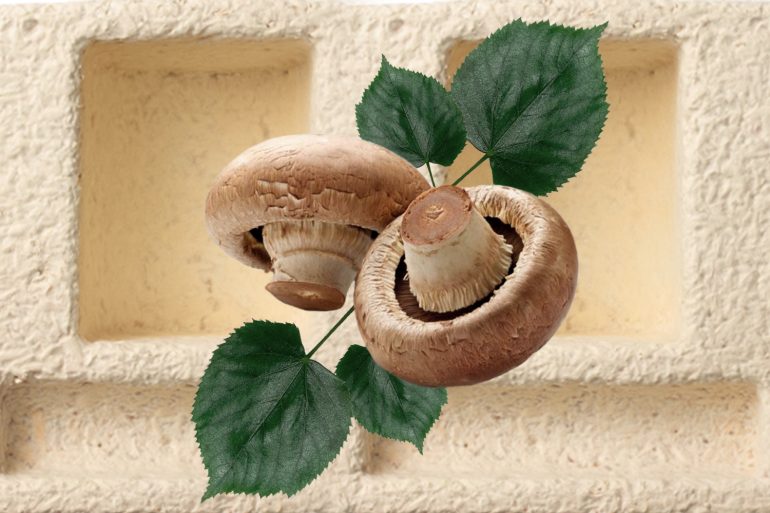It is no secret that the consumer-packaged goods industry loves plastic packaging. From groceries to clothing to nick-nacks ordered from Amazon, almost every product comes wrapped in a plastic shield. Climate activists have long protested this overuse of environmentally-damaging packaging and pushed for companies to use more eco-friendly materials as well as a reform for the entire packaging supply chain.
Packaging is the first thing that consumers see; therefore, when considering sustainability, it’s one of the first things consumers think about. Materials like Styrofoam, certain plastics and foil garner negative responses from the public because they have been exemplified in the media. The focus of the public eye has been on what not to use but what about what materials we should be using? Yes, recyclable, biodegradable or compostable materials are what we should be striving for but those are just vague identifiers. What about beyond that?
A new material, called Ecocradle, is a natural and biodegradable technology that uses mycelium (lab-grown fungus structures) to form plastic-like products with a fraction of the environmental damage.
“Directing the growth of mushroom fibers may not sound like a big deal, but this evolution in biofabrication stands to transform the way we manufacture, consume and live,” wrote Eben Bayer, the CEO, and co-founder of Ecovative Design in his article “The Mycelium Revolution Is Upon Us” published in Scientific American.
The packaging material was developed in 2010 by Ecovative Design. It is grown in a controlled environment with limited water and energy use and can fully decompose after a week. The product is more cost-effective to produce than Styrofoam and is just as fire-resistant and insulating. Mushroom-based packaging entered into the mass market early in 2018 when IKEA announced they would be replacing all of their Styrofoam packings with Ecocradle.
The push for sustainability, in both product and package manufacturing, is changing the way that companies approach their production materials. Currently “bio-plastics and green materials are 1% of total packaging market share,” according to We Don’t Have Time, a social network for climate action. With the growth of demands for alternatives to plastic, the bio-plastic industry has the opportunity to become very profitable.
The mycelium technology has the opportunity to expand outside of consumer-packaged goods and into clothing and food as sustainable fibers and cruelty-free, alternative meat options. The mushroom-based packaging doesn’t require the use of petroleum so if it were to be used on a mass scale, it would reduce consumer use of unsustainable fossil fuels and decrease the number of carbon emissions produced.
Ecocradle offers a new ray of hope when it comes to sustainable packaging and it isn’t alone. As consumers continue to push for environmentally friendly packaging, innovations like Ecocradle (and others beyond our imagination) will begin to surface. Mushroom packaging might seem odd now, but in 20 years, who knows what will be wrapped around our purchases.
Written by Hana Lorne
Graphic Hannah Harris

